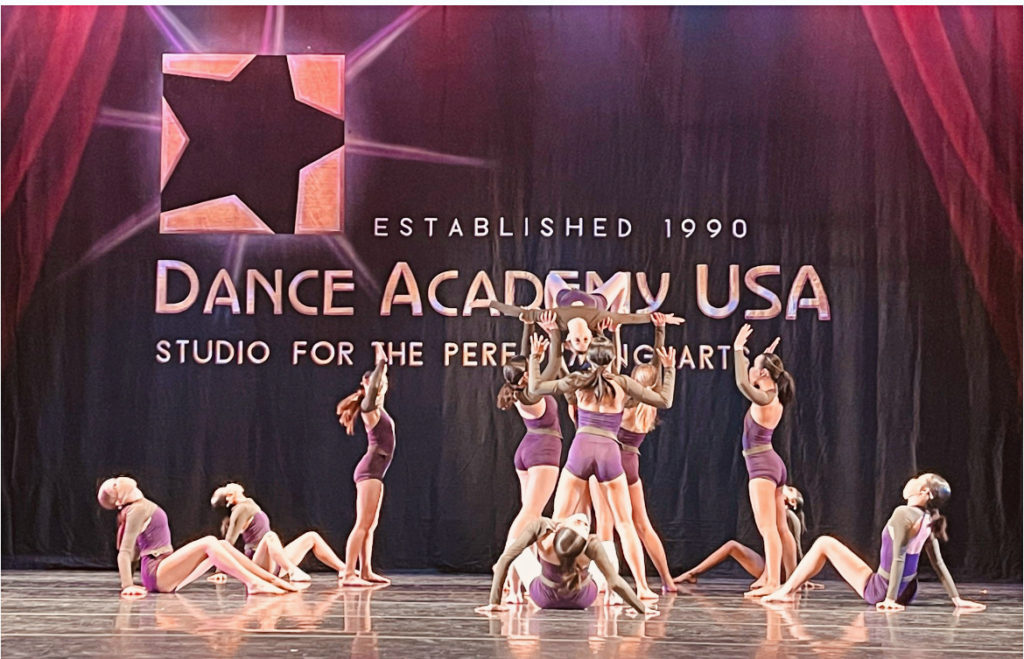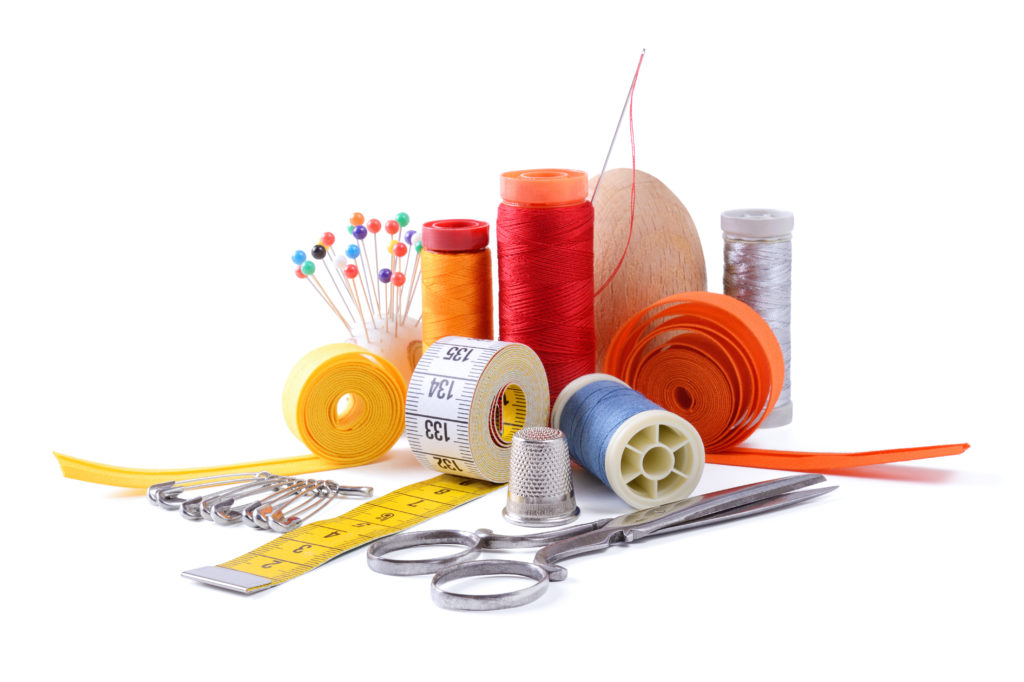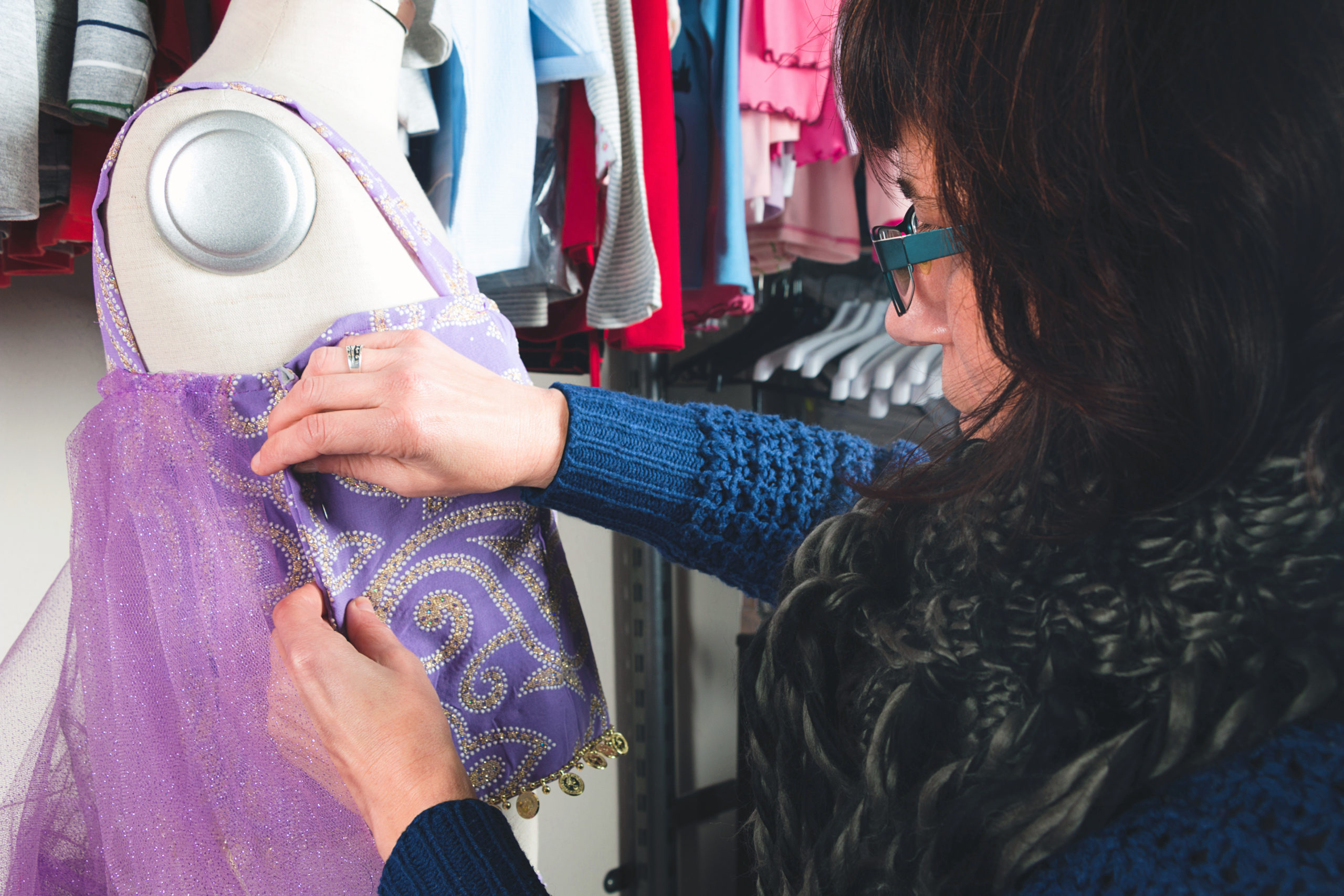Tips for Preventing—and Coping With—Onstage Wardrobe Malfunctions
When I was a student, a teacher told me the story of a dancer whose bodice broke mid-performance, exposing her breasts to the audience. “She didn’t let it stop her,” my teacher said with pride. “She finished the entire performance as if nothing was wrong.” I walked away from our conversation believing that adjusting one’s costume onstage was a moral failing—indecency be damned. Now, as an adult, I disagree with her point of view—and so do these industry experts who shared their insights on how teachers and judges handle costume malfunctions today.
Common Culprits
The majority of costume disasters are caused by one tiny thing: an insecure clasp on the neck of the costume. “Whether it’s a hook and eye, or one that slides into place like the clasp of a swimsuit [an S hook], they are notorious for coming undone,” says Joey Dowling-Fakhrieh, a New York City Dance Alliance judge and owner of Jo+Jax Dancewear in Utah. Other common costume problems include oversized pants or shorts sliding off, or shoes breaking or falling off mid-step. “Of course, if your shoe falls off you can keep dancing through the piece,” says Dowling-Fakhrieh.
Tailoring to Prevent Mishaps
To help dancers feel secure in their costumes, reinforce the straps and clasps on their tops by using a bar tack (a series of stitches that provide additional support to areas of concern) or a good old-fashioned safety pin. “It’s always a good idea to add a safety pin so that if one clasp breaks, there is something else holding it together as a backup,” Dowling-Fakhrieh says. Though it doesn’t hurt to reinforce all straps, Dowling-Fakhrieh advises that it’s especially important to reinforce thin ones, like spaghetti straps.
The majority of mishaps beyond straps and clasps come from ill-fitting costumes. Jane Carter, founder and artistic director of Dance Academy USA in the San Francisco Bay Area, recommends being specific when taking your dancers’ measurements. “The material used for dance stretches, so it needs to feel tight from the beginning,” she says. “Most parents want to order costumes that their children can grow into over time, but they really should fit them like a glove so it stays on them through the movement.” Once your costumes arrive, Carter advises teachers to hold a studio dress rehearsal in which you make sure everything fits and nothing comes undone.

What to Do When Malfunctions Happen
Despite your most valiant efforts, costume mishaps are going to happen from time to time, and your students need to know how to handle them. The most important priority is protecting the dancer. “In my day, we were taught not to touch our costumes and to just keep dancing,” Carter says. “But after having my studio for over 30 years, and being a mom and a grandma, I believe safety is more important than a dance routine. The child comes first, always.”
Carter teaches her students that if a costume error happens near the end of a routine, they should hold their top up and finish the dance with one arm. If it’s near the beginning of a routine, she recommends the child leave the stage to fix the problem and let the team continue without them. “I don’t think competitions should stop the dance and let the children start over,” Carter says. “I think that breeds sloppy habits and isn’t fair to the teams who were prepared and reinforced their costumes.”

Dowling-Fakhrieh has a different perspective. “Check out the rules and regulations of your competition ahead of time,” she says. “Depending on how egregious the mishap is, most should allow you to step offstage, fix your costume and start again.” Dowling-Fakhrieh doesn’t recommend continuing to dance while simultaneously holding the costume up. “Everyone spends a lot of money to perform, and nobody wants the experience tainted by a costume issue,” she says. “It’s never the dancer’s fault, and the judges aren’t going to blame them. Nobody wants the students to feel uncomfortable or exposed.”
At the end of the day, dance is live performance in which anything can happen, says Dowling-Fakhrieh. “The trick is to solve problems as quickly as possible, and then move on.”




